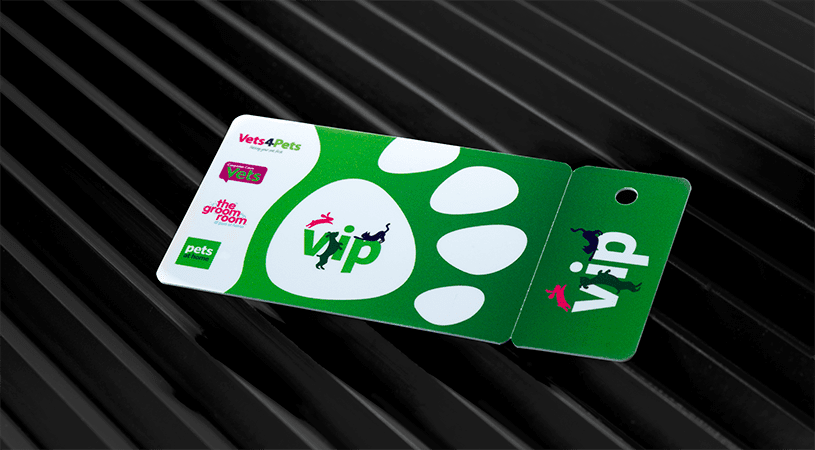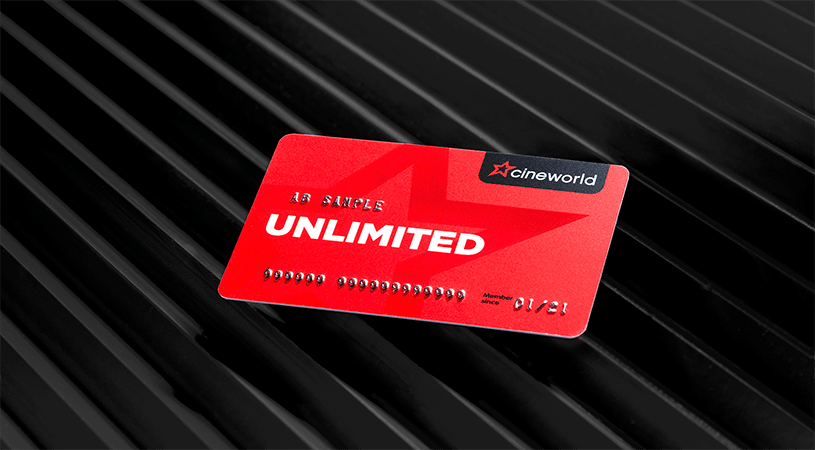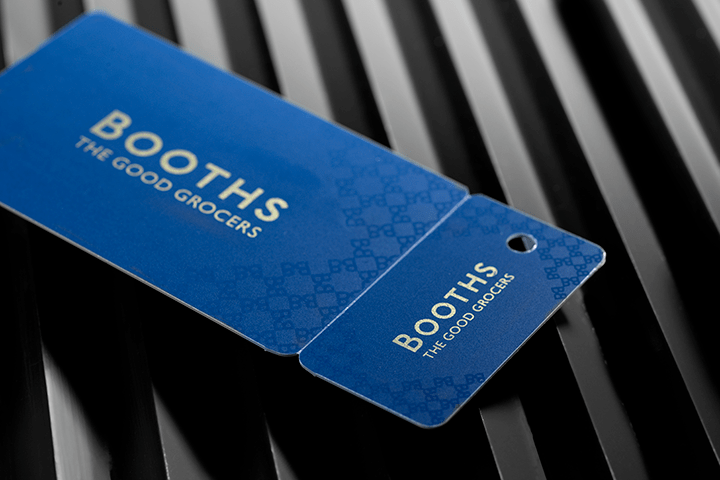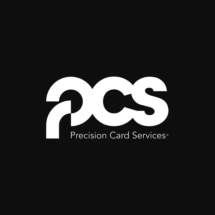Although you may not know it, you may indeed have a credit or debit card which is transmitting your account information even when it is not in use – meaning you could potentially become the victim of fraudsters. Your card uses a tiny computer chip or radio antenna which conveys this information which helps bank machines and card readers read your information to identify how much money you have and whether or not you can afford an item.
This has caused a lot of concern among people as they are constantly fearful of losing their information or assets to criminals, leaving companies concerned about you may not wanting to use it. Fortunately, there have been creations which can help counteract this in the form of an RFID shield card, which basically prevents your information from being transmitted to unwanted individuals. Shields or wallets marketed as RFID-blocking devices can make it more difficult for someone with an electronic reader to read your cards, but this doesn’t entirely mean your information is safe.
The way an RFID shield card works is by preventing any of your information from being stolen by blocking any unwanted devices from reading your private information. You can also purchase a shield wallet which has a protective coating and blocks any suspecting fraudsters thanks to the technology that is installed within it.
The main problem for these issues is the availability of contactless cards, so until the security is improved or better protective devices become available, then it is advised that you use a card which is not RFID-enabled to be on the safe side.
What is RFID?
RFID stands for Radio-Frequency Identification and is typically a small device which is capable of holding large amounts of data and works in the same way that a barcode or a magnetic strip on the back of a debit card would do. The device can then scan the contents of whatever it is directed at, like your wallet for instance, and then relay the information from your cards directly back to the machine – leaving you unsuspecting of what has taken place.




